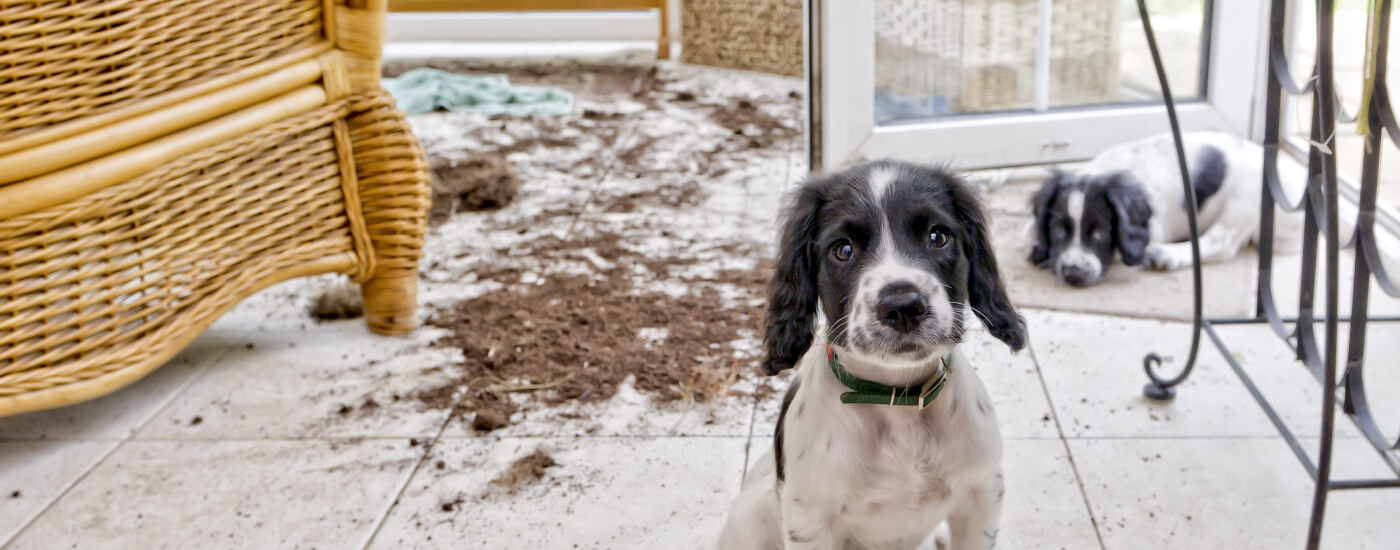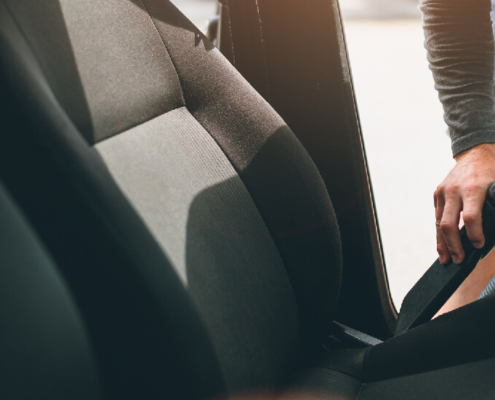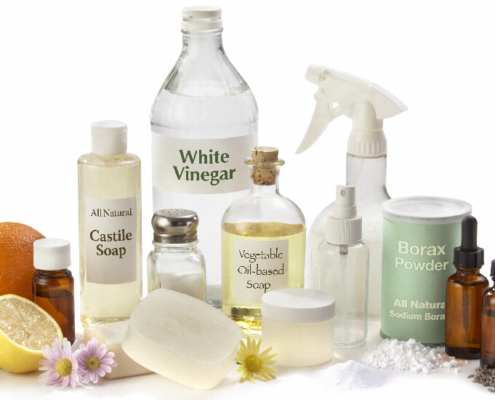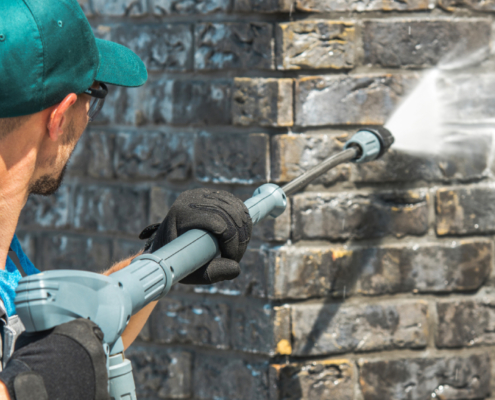Ideas to Simplify Cleaning Up After Pets
We love our pets and want to do right by them. Part of that is ensuring they have a clean and healthy lifestyle by taking care of them as best we can. There’s no aspect of caring for a cat that doesn’t involve cleaning up after them, from managing the litter box to reducing the chances of stepping on a stray toy in the middle of the night. Here are some tips for keeping pet care simple and effective.
Cat Box Liners
Keeping a cat’s litter box fresh can be an unpleasant task from time to time, and it’s only natural that pet owners would seek to make it easier. For some, cat box liners are the answer because they can expedite the cleaning process and allow a longer period of time between thorough, soap and water litter box washings. However, it’s important to realize some of the caveats that come with cat box liners. Some cats notice and do not like liners that bunch up under the kitty litter, especially if liquid waste gathers in the folds of the plastic or they get their claws caught in it. Other cats’ paws may inadvertently damage the plastic liner, allowing urine to seep through and pool inside the litter box, and creating a situation the causes litter box avoidance, and a greater cleaning challenge for you. Instead, regardless of whether you’re using a cat box liner, commit to regular litter box cleaning, including a full emptying and washing of the box itself for your cat’s comfort.
Lint Rollers or Duct Tape for the Fur
Despite pet owners’ best cleaning efforts, it’s still pretty common for pet hair to stick to clothes. Around the house, it’s usually not a big deal, but sometimes, such as before work or a night out, you want to ensure that pet hair is safely removed from your clothes. A lint roller or duct tape can get the job done. A lint roller is by far more gentle on fabrics; however, it does create some additional waste due the rolls of tape that are used, and it isn’t always effective; meanwhile, duct tape is certainly sticky enough to attract and hold pet hair, but could damage certain fabrics and textiles. When in doubt, do a spot test in an inconspicuous place on the garment or upholstery before using duct tape on loose pet hair.
Litter Box Underlays for Those Stray Bits of Cat Litter
One common challenge faced by pet owners who share their home with cats is finding stray kitty litter throughout the house. One solution is to use a litter box underlay to attract and collect it. It certainly gets the job done, but it can sometimes interfere with the cat’s needs. If a cat finds that the tactile sensation of the litter box underlay is unpleasant in any way, it could prompt the cat to avoid using the litter box. A better solution is to improve litter box maintenance and perhaps explore different kitty litter choices to reduce the tracking of kitty litter outside the box in the first place. For pet owners who prefer to use a litter box underlay, consider trying different ones if your cat appears to object to it. It’s possible that by shopping around, you can find a brand or style that’s a good fit for your cat.
Store the Toys in One Spot
As with people, many pets understand and appreciate routine. There’s a comfort in knowing what’s next or where things are. And that’s just one reason why storing your cat or dog toys in one spot is better for you and your pet. It’s a habit that will save you the trouble of wondering where this toy or that toy is. It will also help reinforce that certain areas of your home are for certain activities for your pet. So the place with the toys is for playing while the place with the litter box is for elimination. Having all the toys in one spot will also make it easier for you to keep them clean. Washing and inspection of each toy will be quicker, and stray toys are less likely to get misplaced during the cleaning process.
Wipe Those Paws! Keep a Rag Handy
While it’s not necessary to bathe cats like dogs, the simple process of keeping their paws clean can improve their health and wellness as well as their comfort, and reduce their tracking soil and litter throughout the house. A soft and damp rag is enough to clean ordinary dirt and grime from cats’ paws; while you’re cleaning each paw, do a cursory examination for any cuts, scrapes, irritations or other signs of injury, illness or discomfort. If necessary, don’t hesitate to consult with your vet about the condition of your cats’ paws.
Cleaning up after pets is a sometimes unpleasant but necessary part of being a responsible pet owner. By developing a routine that includes a few simple steps like regular litter box maintenance and wiping your cat’s paws daily, you can minimize the time and energy spent cleaning and enjoy more time with your cat.
Meta description (160 characters): Learn safe and effective ways to better clean up after your cat, from simple litter box maintenance tips to basic grooming help for health and cleanliness.






